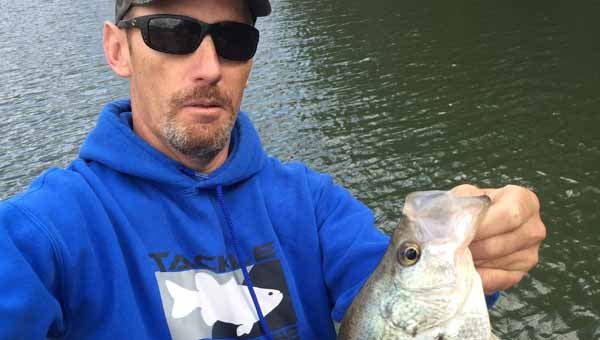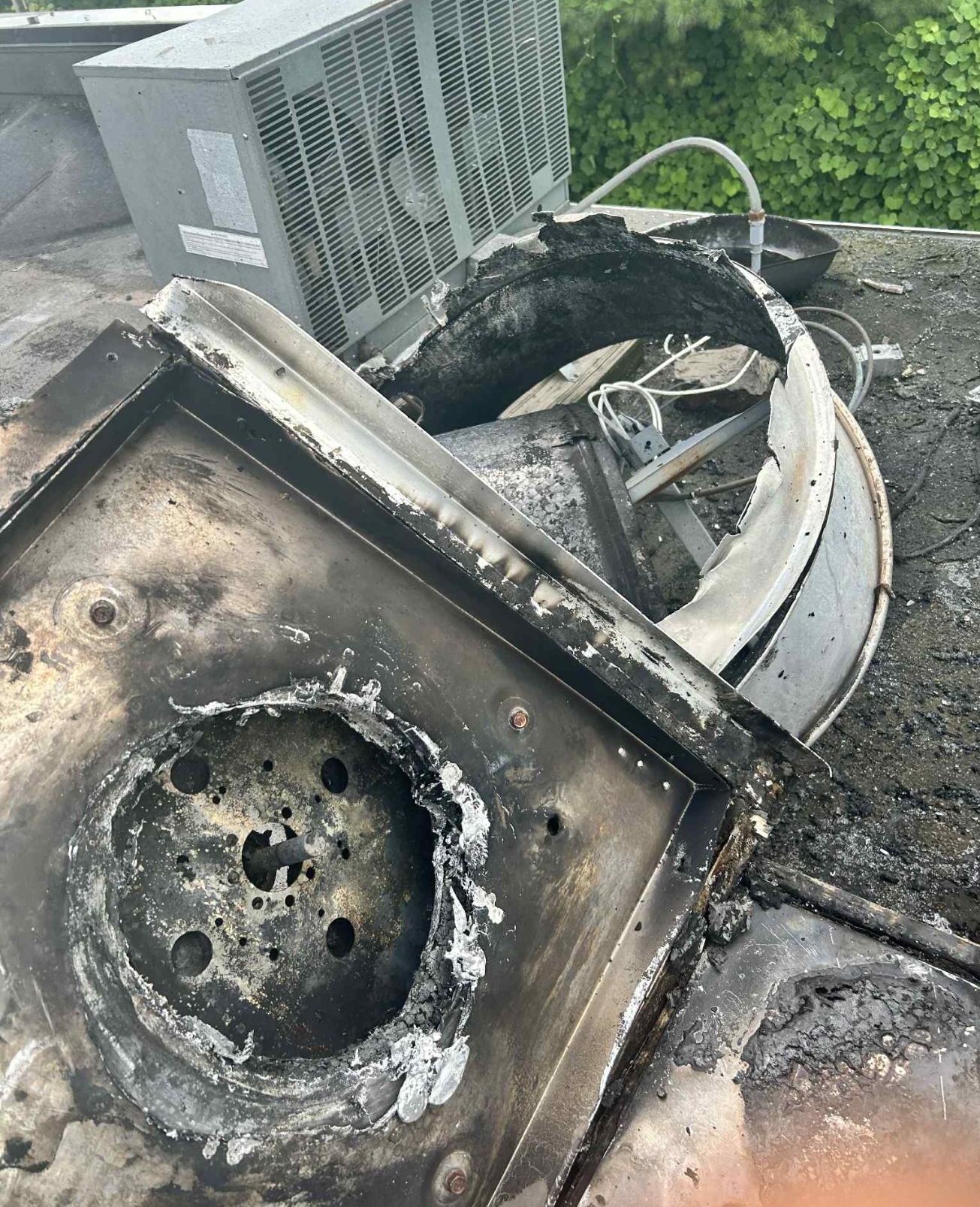Crappie tactics, lures, trolling methods
Published 10:00 pm Wednesday, April 20, 2016

I learned there are some finer points, tiny details to Crappie fishin’ that can make or break you. As with most things, it’s always a little harder than you might think.
Crappie, Croppie, Specks, Sac-a-lait, Papermouths — whatever you call ’em, Crappie are a very tasty and sought after sport fish. Not recognized as two species in the record books until recent years by the NCWRC, the two species of Crappie, White and Black, are both found in our area and are sometimes hard to distinguish.
The White Crappie has some faint wide vertical bars and sometimes almost have a bluish tint to them, whereas Black Crappie are more of a uniform pattern of black speckles and tend to be a good bit darker.
I never done much Crappie fishing till about 15 years ago when my newfound friend, and soon to be crappie mentor, J.D., started teaching me about the new quarry. I had been doing some Crappie fishing on lake Lure and J.D. started teaching me the ropes on Lake Adger. I was surprised at the different methods to catch ’em.
J.D. showed me vertical jigging on Adger’s then many tree tops. We would drive past several trees and then stop on a certain one. We would kind of roughly drive the boat up into a treetop and I would clamp the boat to a limb. We would drop jigs strait down thru the limbs and give the rod a slight twitch every second or two.
After a very few minutes with no bites he would say, “They ain’t here.” And we would move to another top. When we did find ’em it was one after the other. I remember wondering why he had a click counter, that is until we found ’em and it got pretty confusing keeping up with how many.
Casting and a slow retrieve is a good way and probably my most used way to catch Crappie. And when I say slow, I mean slow. It might take three to five seconds to make one turn of the handle. Sometimes Crappie want baits in their face, other times they want it moving slowly overhead.
Live bait fished either vertical or under bobbers is a good way to catch Crappie when the fishing is tough. Bobbers can be used to fish over brush or shallow areas, and vertical presentations can be used when the fish are deeper or suspended in deeper water.
Trolling is a top way to catch Crappie on some area lakes and definitely in winter and early spring. A spider rig setup deploying sometimes a dozen or more rods sprayed out in a wide path and different depths is the most used trolling method.
This is a good method for several reasons: you can cover a lot of water, you can fish several different depths at the same time, and you can fish several different lures or colors. Many times anglers will use a heavy sinker and two jigs per rod. Getting 24 or more jigs or minnows out there on a dozen rods is like having a squadron of B-17s doing a bomb run — somebody is going to get it.
Doing a quick look online at Crappie jigs will let you know there is a huge market with lots of options. As always, I keep my fishing simple with only a handful of colors to choose from, but some anglers will change colors often believing the fish will bite the right color.
I learned there are some finer points, tiny details to Crappie fishin’ that can make or break you. I thought that strange as Crappie are often viewed as a fish you just go catch hundreds of anytime you want. As with most things, it’s always a little harder than you might think. Time on the water is paramount.
I haven’t fished with my mentor in a while. We had a lot of good times catching fish, discussing some tough Bible questions, and just enjoying time on the water. I hope you’ll take time to do the same.





